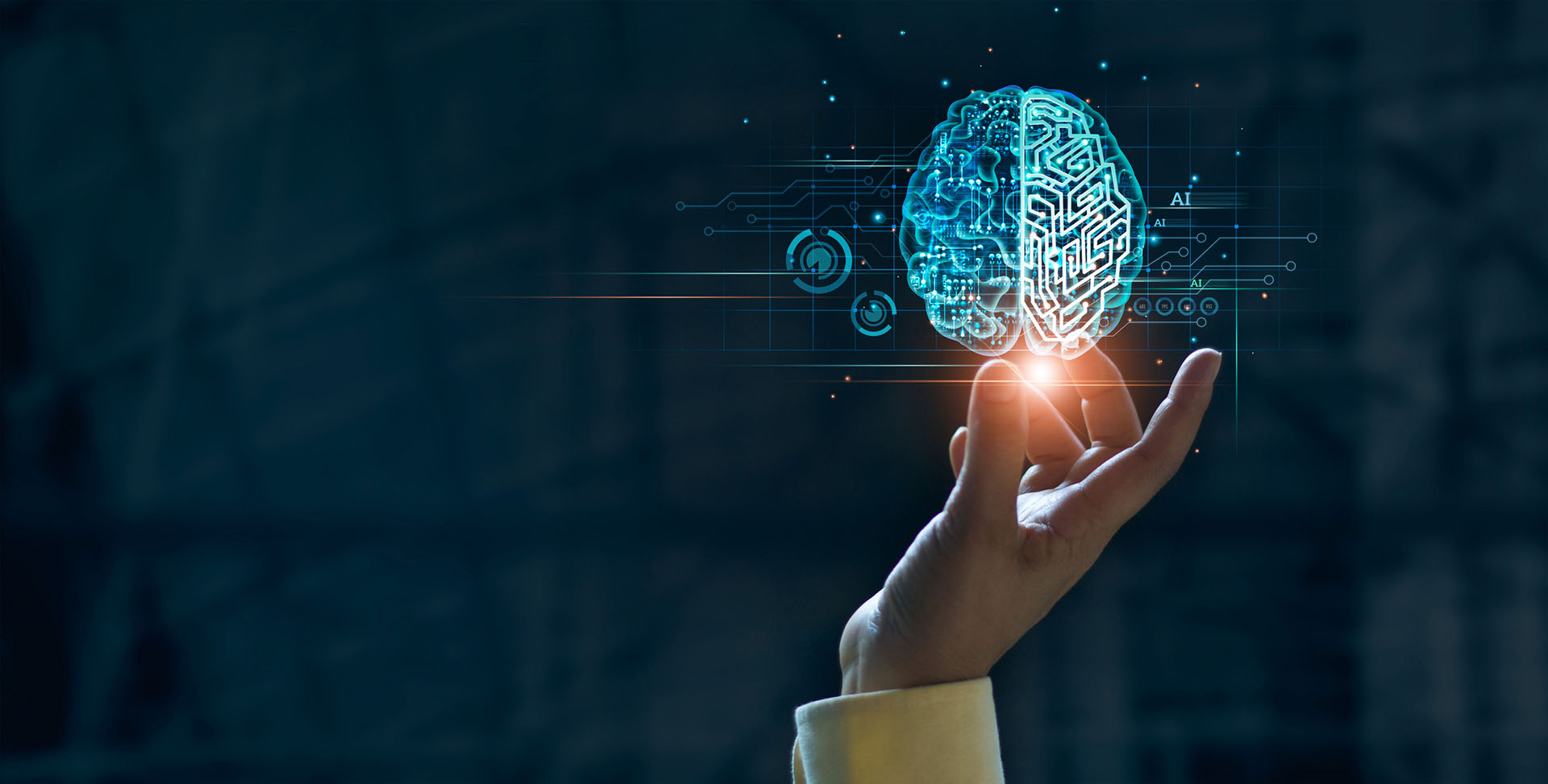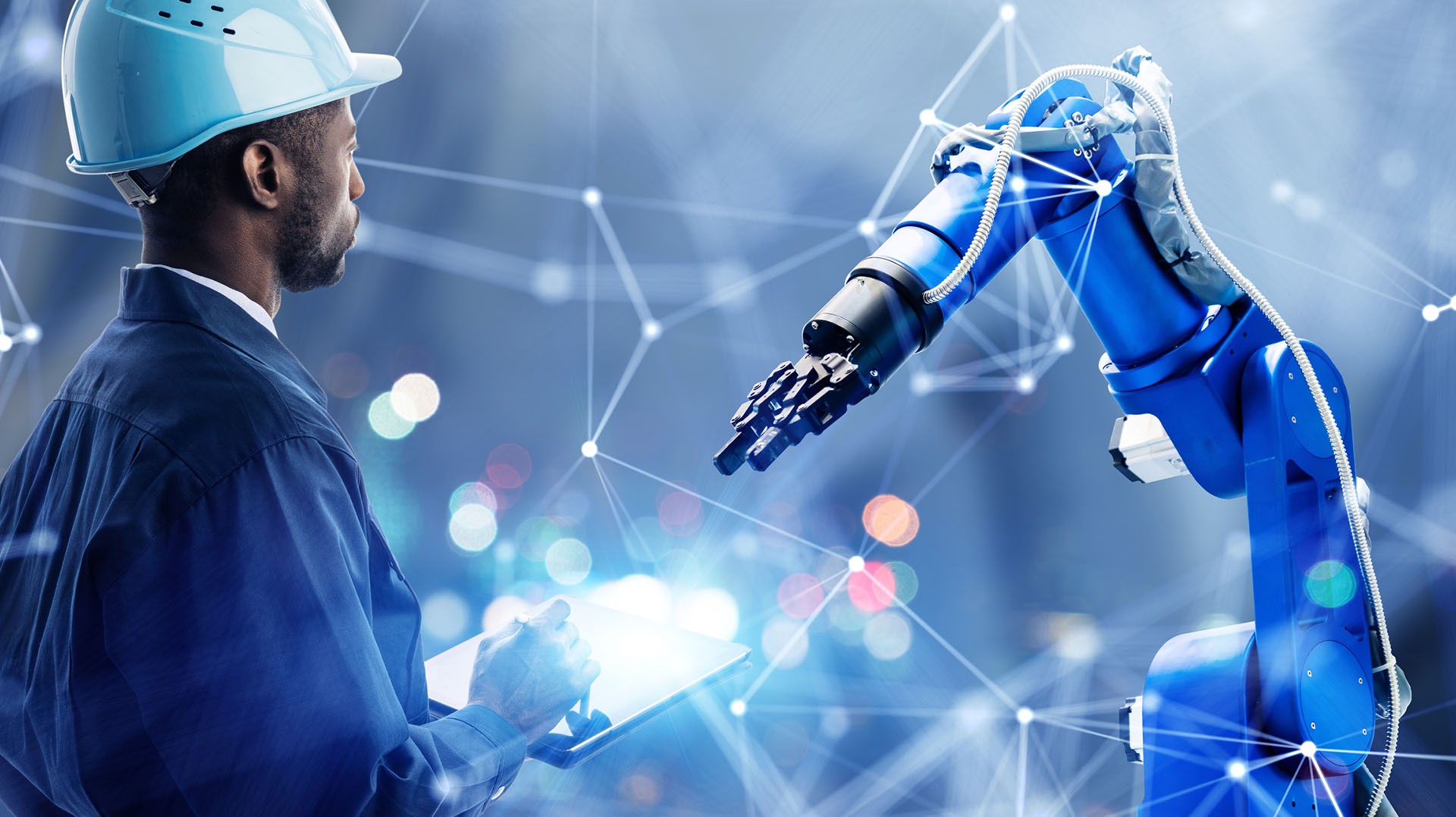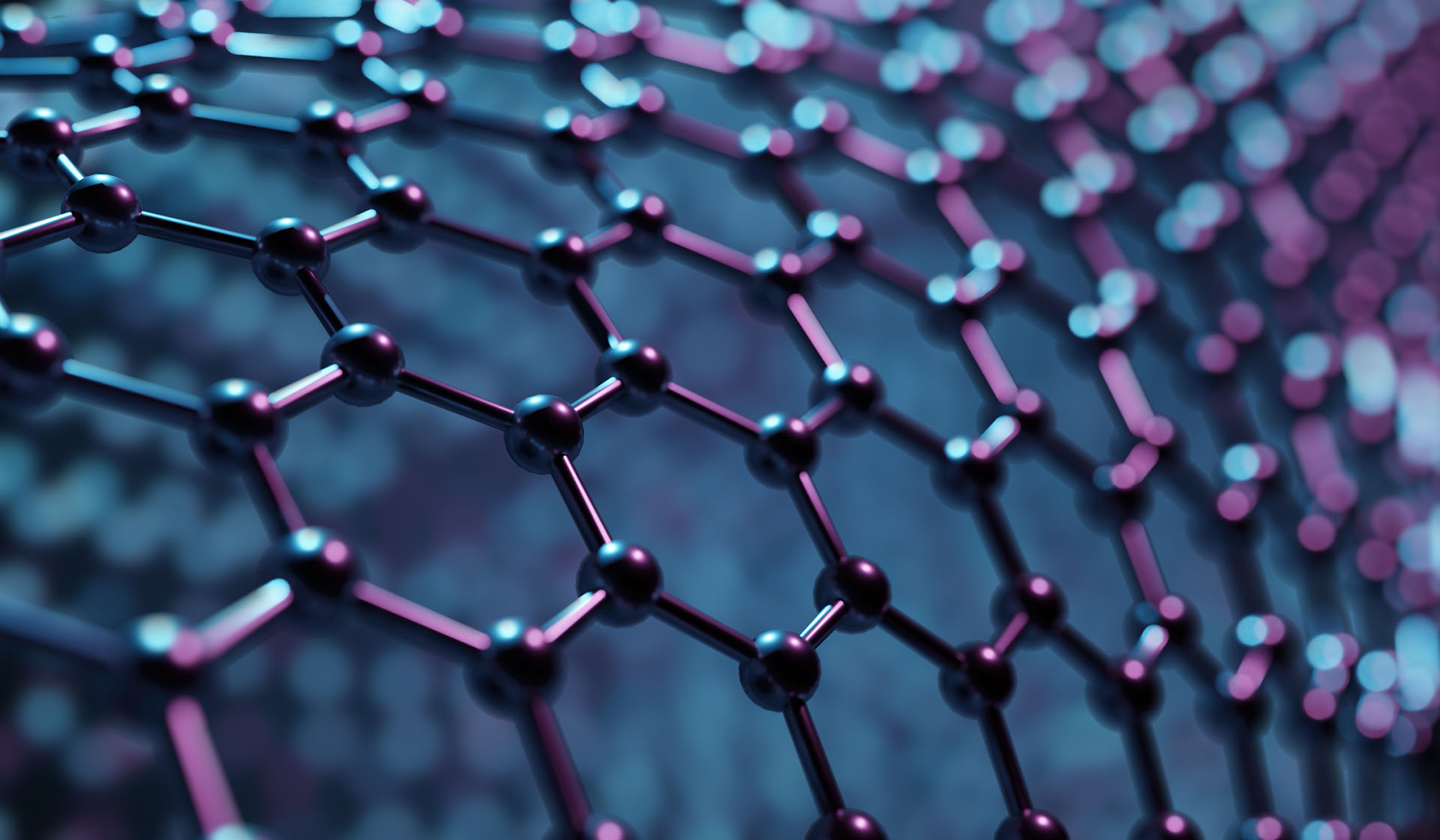
ipopba@gettyimages
The EU is preparing to invest €180 million in breakthrough digital technologies, following the latest in a series of calls of the Horizon Europe Programme that boost collaborative research and development across the Union. Artificial Intelligence, robotics, and new materials are among the key technologies for Europe’s transition to a digital, sustainable and inclusive future. 28 projects were selected in total in March 2023 following a peer review evaluation process.
They aim to bring cutting-edge technologies to where they can make a real difference. A balanced mix of project participants from academia and research organisations with industry players, including strong representation from SMEs, will accelerate the further development, take-up and use of the expected project results. The Commission still needs to conduct administrative verifications before signing grant agreements with the retained project participants. The selected projects are planned to commence in July 2023.
Artificial Intelligence and Robotics in industry

Six selected projects, with a total budget of €20 million, will boost the roll out of the most advanced European Artificial Intelligence (AI) and robotics in industry. Coming from over 15 countries, over half of the selected participants are from industry (half of which again are SMEs), joined by academia and research organisations.
The selected projects aim to provide industry with more autonomous, easy to operate, and trustworthy AI and robotics technologies. In addition to advancing industrial leadership, the research projects make significant progress towards AI transparency, accountability, safety and security, in line with the human-centric approach of the EU.
Project Examples
One of the selected projects, for example, will reduce production and energy costs by automating the inspection of goods in manufacturing through the combined work of intelligent robots and humans.
Another project aims at using smart collaborative robots in welding, that can be adapted to any type of production (like toolmaking or automotive) thus making manufacturing more sustainable and tailored to customer needs.
Basic Research in Artificial Intelligence

Six projects for a budget of more than €50 million will cover more basic research in AI.
Participating teams come from over 20 European countries. They mainly come from academia and research organisations, with a quarter of them coming from industry. They will join efforts to build networks of the best AI research teams in Europe, focusing on foundational research.
These projects will develop emerging and novel techniques to significantly improve the performance of AI-based systems in terms of accuracy, robustness across multiple contexts, capacity of being verified by humans, etc.
Project Examples
One such example is the development of AI algorithms that process satellite-based images and provide alerts to natural disasters.
Another example of a project will see AI systems assisting surgeons and expert medical teams working in operating rooms to make complex decisions. A third example is about a project that will bring AI systems to people living with disabilities, helping them to plan the best routes, taking into account specific needs like constrained access or steepness of incline, as well as users’ feedback.
Overall, results from these projects will foster trust in AI technologies, as they focus on optimising human-AI interactions keeping humans in control. This will be essential to help the broad acceptance and adoption of these technologies so that their benefits for society can become available more quickly.
Robotics

In Robotics, eight selected projects (with a budget of more than €60 million in total) will include participants coming from over 10 countries and working in academia and research organisations, with over a third of them coming from industry (half of which are SMEs).
The projects aim at developing technologies that significantly extend the physical capability of robots and improve their energy performance. The projects will also explore innovative robotics concepts (e.g. soft robots – robots that are physically flexible and can adapt to their environment).
Furthermore, the projects will integrate novel robotics technologies to improve robots’ autonomy so as to facilitate their capabilities in replacing humans and take up dangerous, dull, and dirty jobs, or achieving tasks beyond human capabilities. The projects will also work on improving the ability of robots to collaborate smoothly and have more natural interactions with humans and other robots.
Project Examples
Ground-breaking project examples include incorporating soft and light wearable garments that will enable people with reduced mobility to improve their lives without the burden of the current rigid exoskeletons, or keeping inspection workers out of dangerous spaces such as cargo holds or ballast tanks in ships.
Graphene and other Two-Dimensional materials

In the area of Graphene and other 2-dimensional (2D) materials, eight projects with a total budget of more than €40 million will accelerate technology developments and support the emergence of strong European supply chains in four areas: energy storage, biomedical applications, 2D material-based composites, coatings, and foams, and electronic and photonic 2D materials-based devices, sensors and systems.
Originating in over 15 countries, over a third of participants come from industry, with another third from research organisations, and the remainder coming from higher or secondary education establishments.
The selected projects will exploit the unique properties of 2D materials for developing new devices and systems for energy storage that can outperform current technologies and for biomedical applications that can improve efficacy of diagnostics and therapies, as well as new composites, coatings and foams that can contribute to address environmental challenges.
Looking further ahead in the future, some of the selected projects will work on developing the next generation of advanced electronic and photonic 2D materials-based devices, sensors and systems with improved performance and reduced energy consumption.
Project Examples
One example of a project is the development of enabling components for a state-of-the-art visual recognition system – this low-power, all-weather, any light-intensity digital vision system will significantly outperform current systems and will provide cost, performance, power, and size benefits to users in sectors such as automotive, service robotic or mobile applications.
Another example is a project that will integrate graphene and carbon materials at an atomic level to create eco-friendly, high-power supercapacitors (imagine a battery but storing and discharging very fast). Such supercapacitors could be used in electrical vehicles or high-powered consumer electronics. This project will open up opportunities to establish a new value chain for supercapacitor manufacturing, with European SMEs as key players.
Related Content
Big Picture
The DIGITAL Europe programme will open up the use of artificial intelligence by businesses and public administrations.
See Also
EU investment will benefit research and technology development in NextGen Internet, two-dimensional materials, big data, and the EU’s international cooperation.
EU investment will benefit research and technology development in artificial intelligence, data, robotics, photonics, semiconductors, quantum technology, and extended reality.
To make the EU the place where AI excellence thrives from the lab to the market, the European Union is setting up world-class Testing and Experimentation Facilities (TEFs) for AI.
